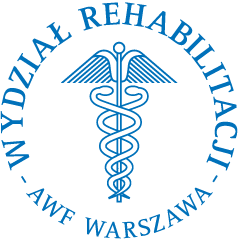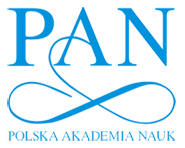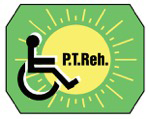


|
Current issue
Archive
Manuscripts accepted
About the journal
Editorial board
Reviewers
Abstracting and indexing
Contact
Instructions for authors
Publication charge
Ethical standards and procedures
Editorial System
Submit your Manuscript
|
3/2022
vol. 36 abstract:
Original article
The effects of the spray stretch and sustained pressure techniques for managing trigger points in the upper part of the trapezius muscle
Uzair Ahmad
1
,
Saira Waqqar
2
,
Muheebur Rehman
3
,
Syed Zain Ul Abidin
1
,
Subhan Ur Rehman Burki
1
,
Faiz Ur Rehman
4
Advances in Rehabilitation, 2022, 36(3), 26–34
Online publish date: 2022/10/04
View
full text
Get citation
ENW EndNote
BIB JabRef, Mendeley
RIS Papers, Reference Manager, RefWorks, Zotero
AMA
APA
Chicago
Harvard
MLA
Vancouver
Introduction
Among the interventions used to manage trigger points in the upper part of the trapezius muscle, spray stretch and sustained pressure interventions are relatively poorly studied. This aim of this study was to determine the effects of the spray stretch and sustained pressure for the management of trigger points in the upper part of the trapezius muscle. Material and methods A randomized clinical trial was perfofmed including 54 patients. The participants were randomly allocated into two treatment groups via the sealed envelope method. Group A received the spray stretch technique with conventional treatment while group B received the sustained pressure technique with conventional treatment. Both groups received six treatment sessions and were evaluated at baseline and after two weeks by pain pressure algometer, visual analogue scale, neck disability index, goniometer, and hospital anxiety depression scale. Results Group B showed significantly more improvement in pain threshold (p < 0.05) than group A, while neck disability points were significantly decreased in Group A (p < 0.05) than group B. Group A showed more improvement in neck ranges (p < 0.05) than group B. Both groups showed significant improvements in anxiety and depression (p < 0.05). Group A demonstrated a greater improvement in anxiety score than group B. Both groups demonstrated significant improvements in participant pain intensity (p < 0.05). Conclusions Both the spray stretch and sustained pressure techniques were effective at increasing pain threshold, increasing cervical range of motion, decreasing neck disability, decreasing pain intensity and improving anxiety among patients with an upper trapezius trigger point. keywords:
acupressure, algometry, chloride, ethyl, myofascial pain syndromes, trapezius muscle |
    |